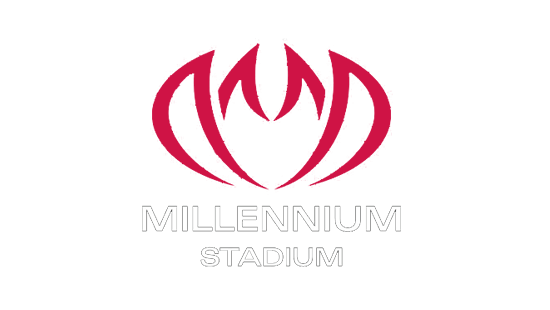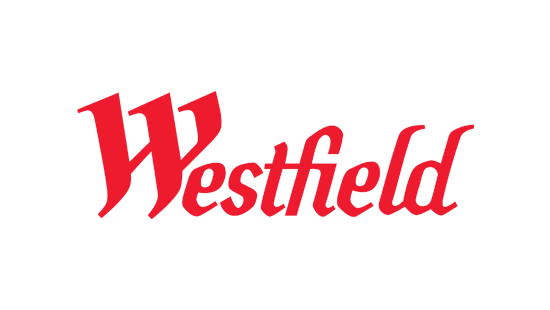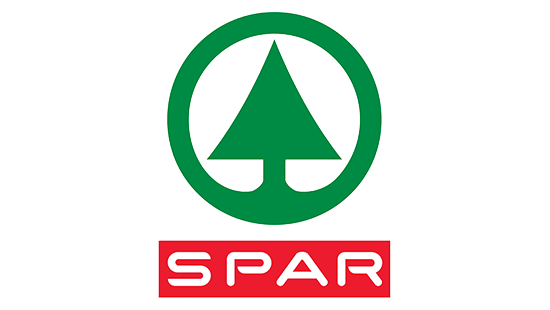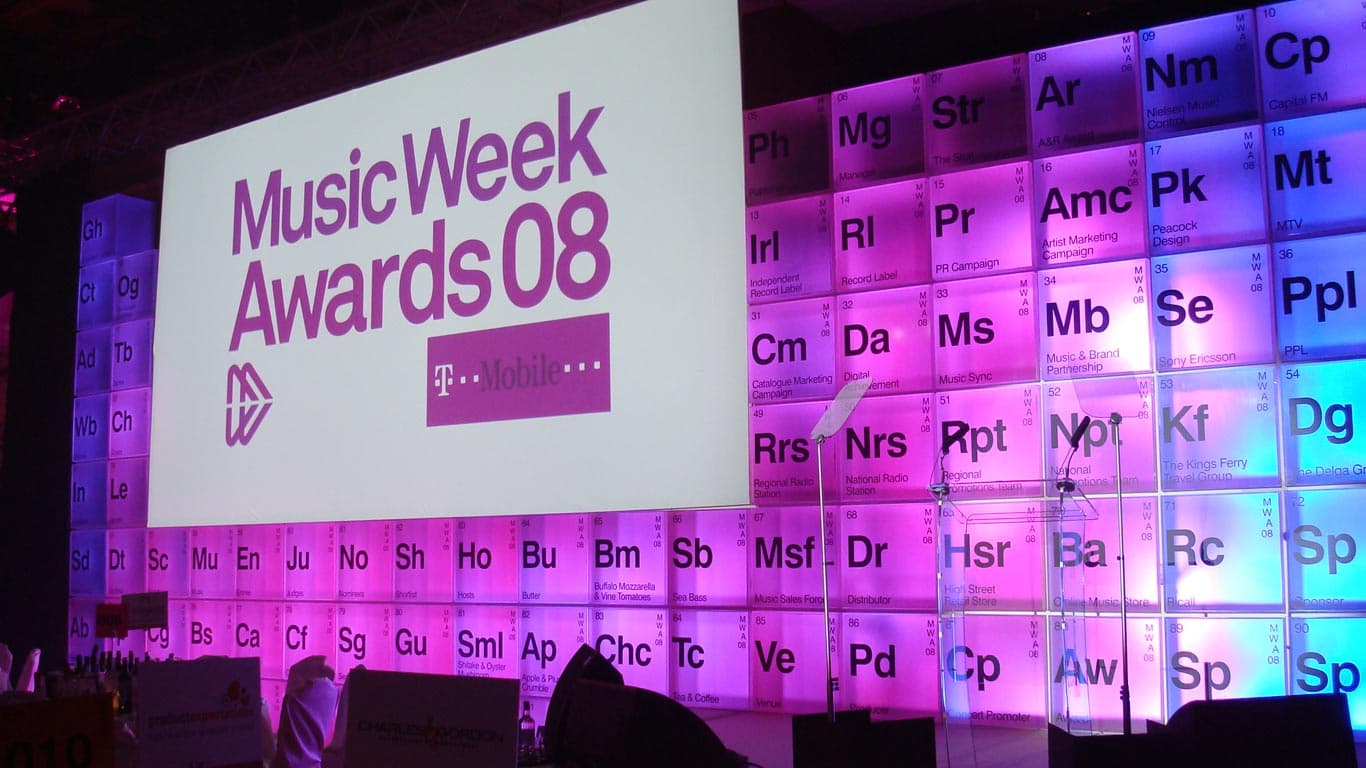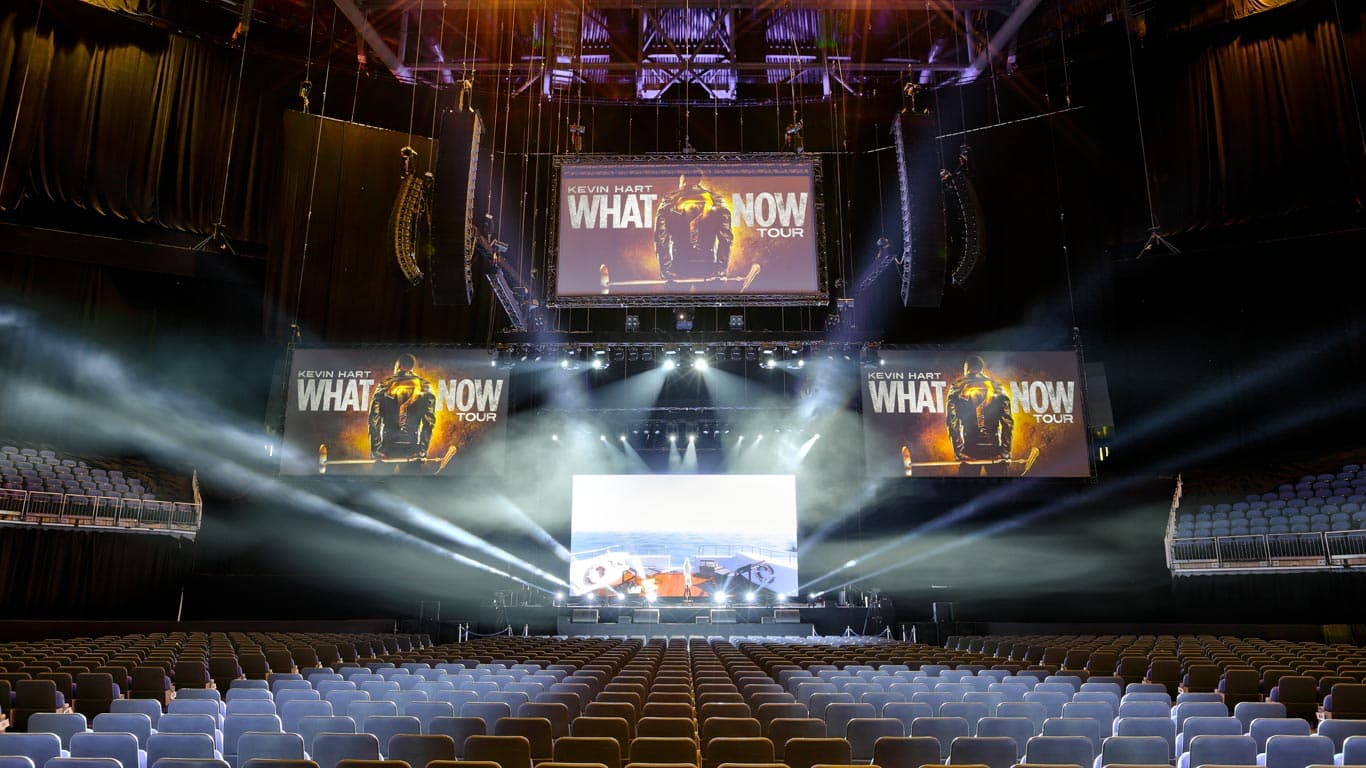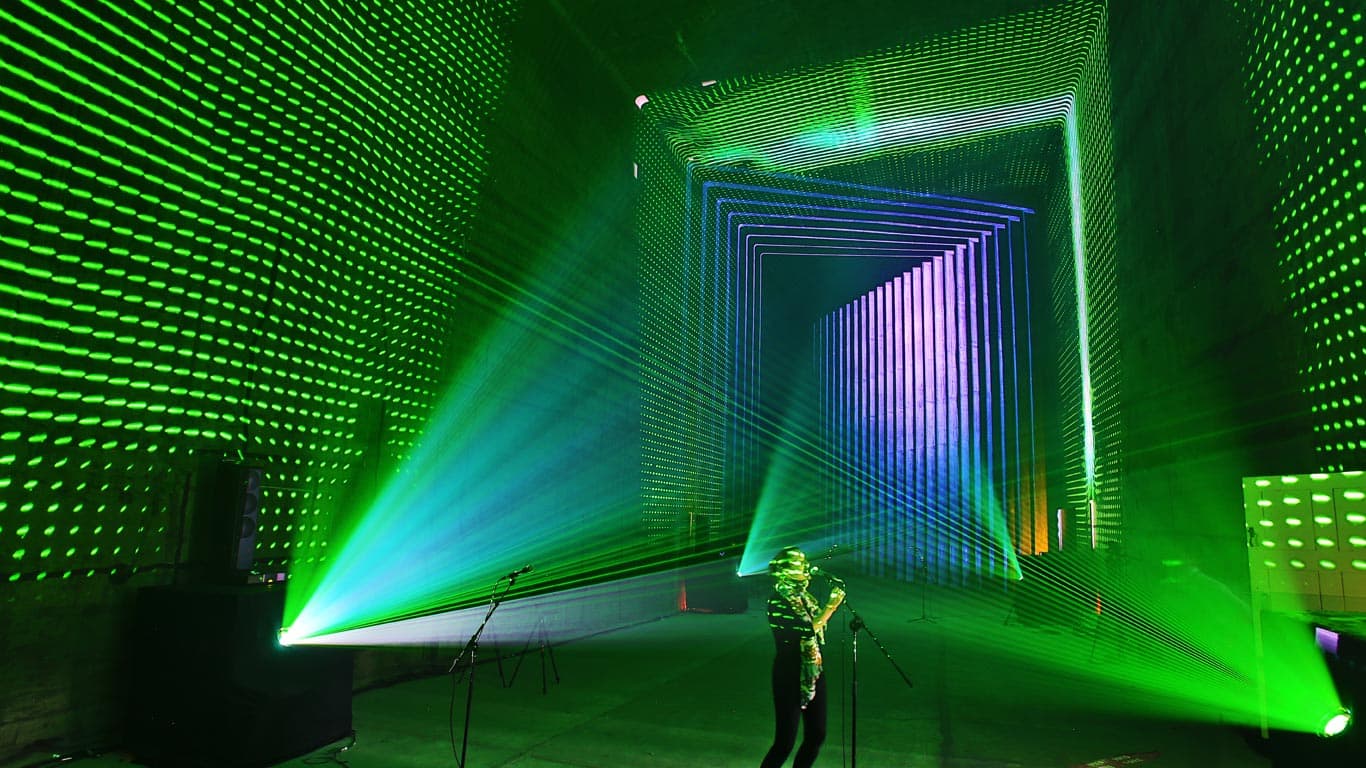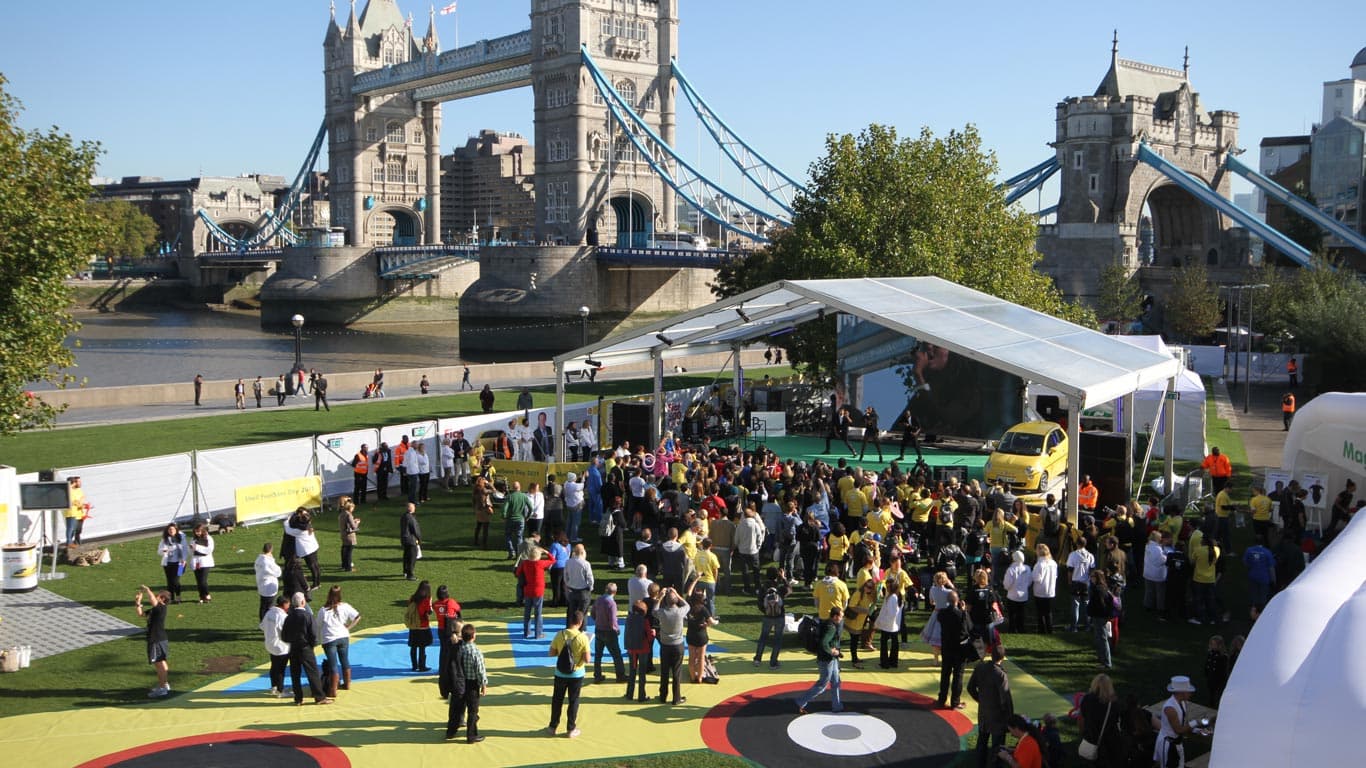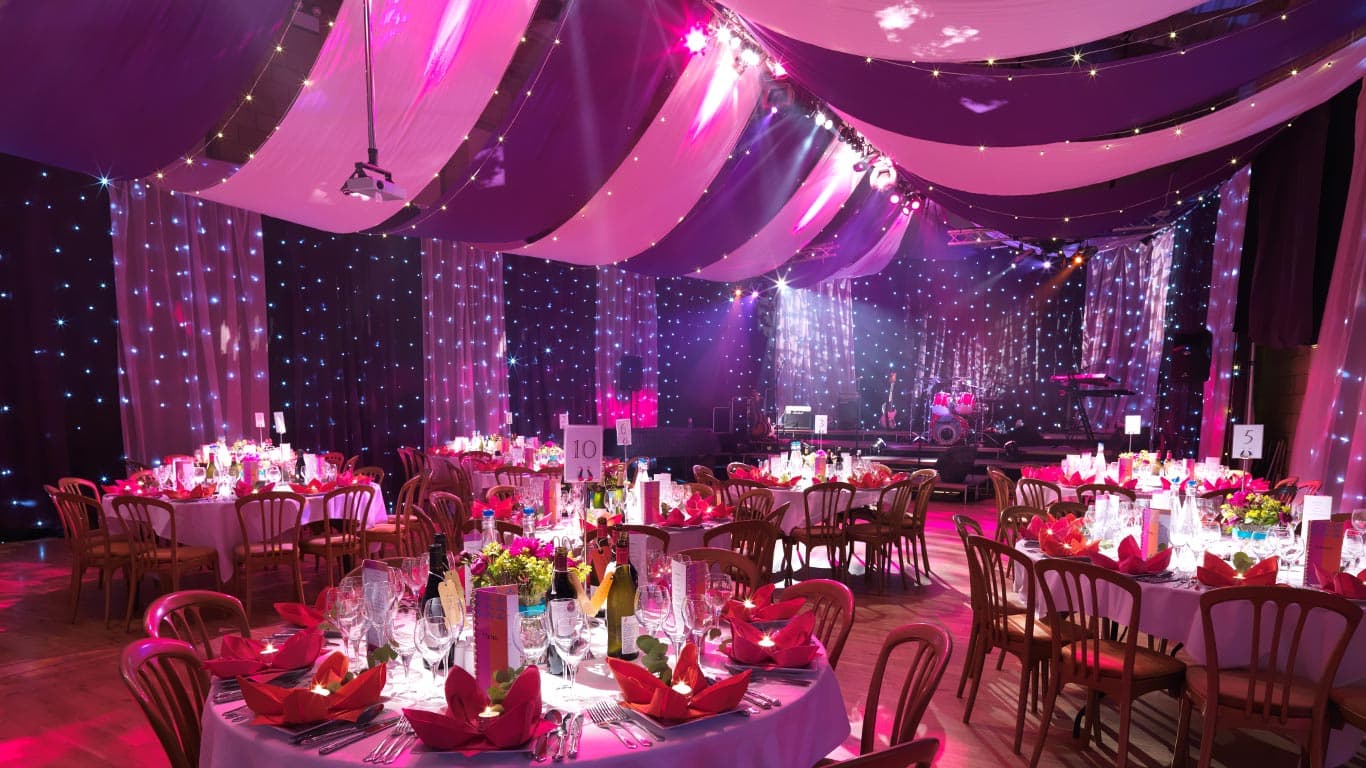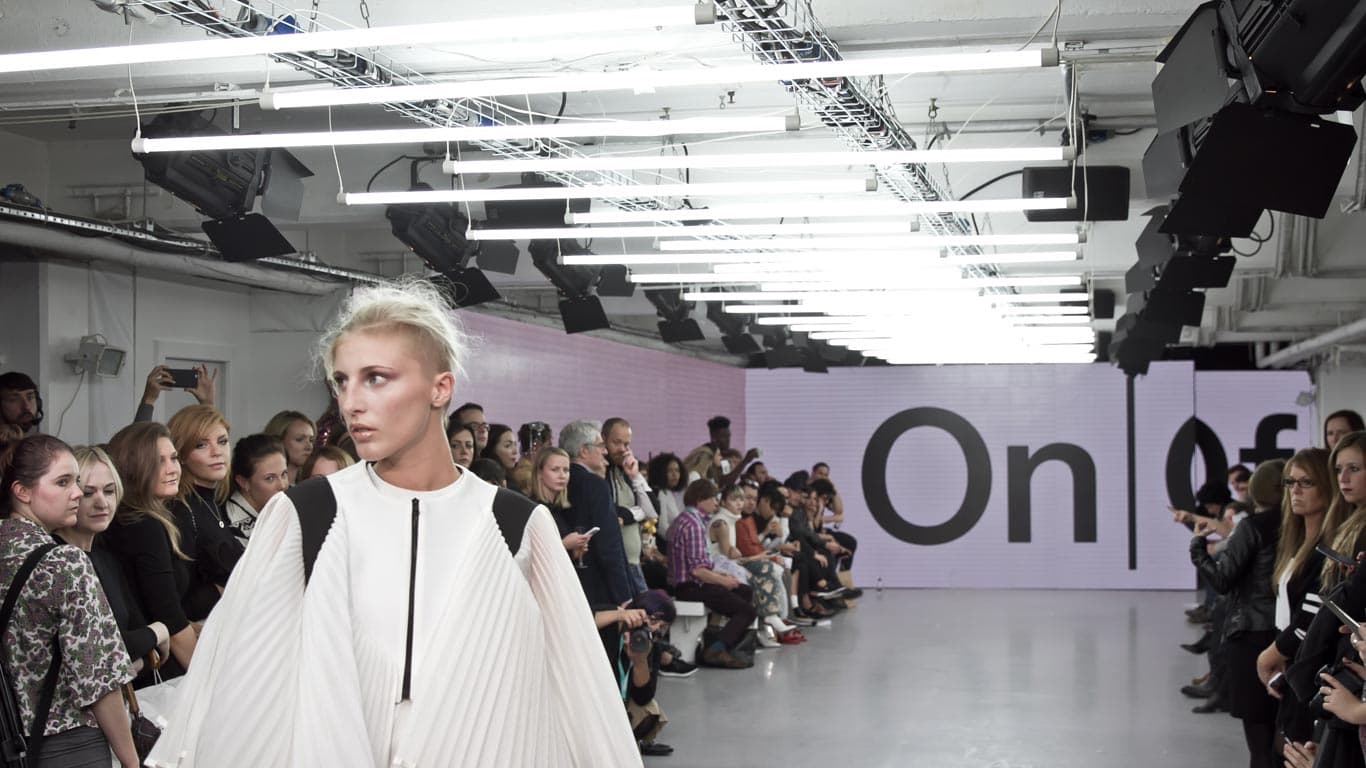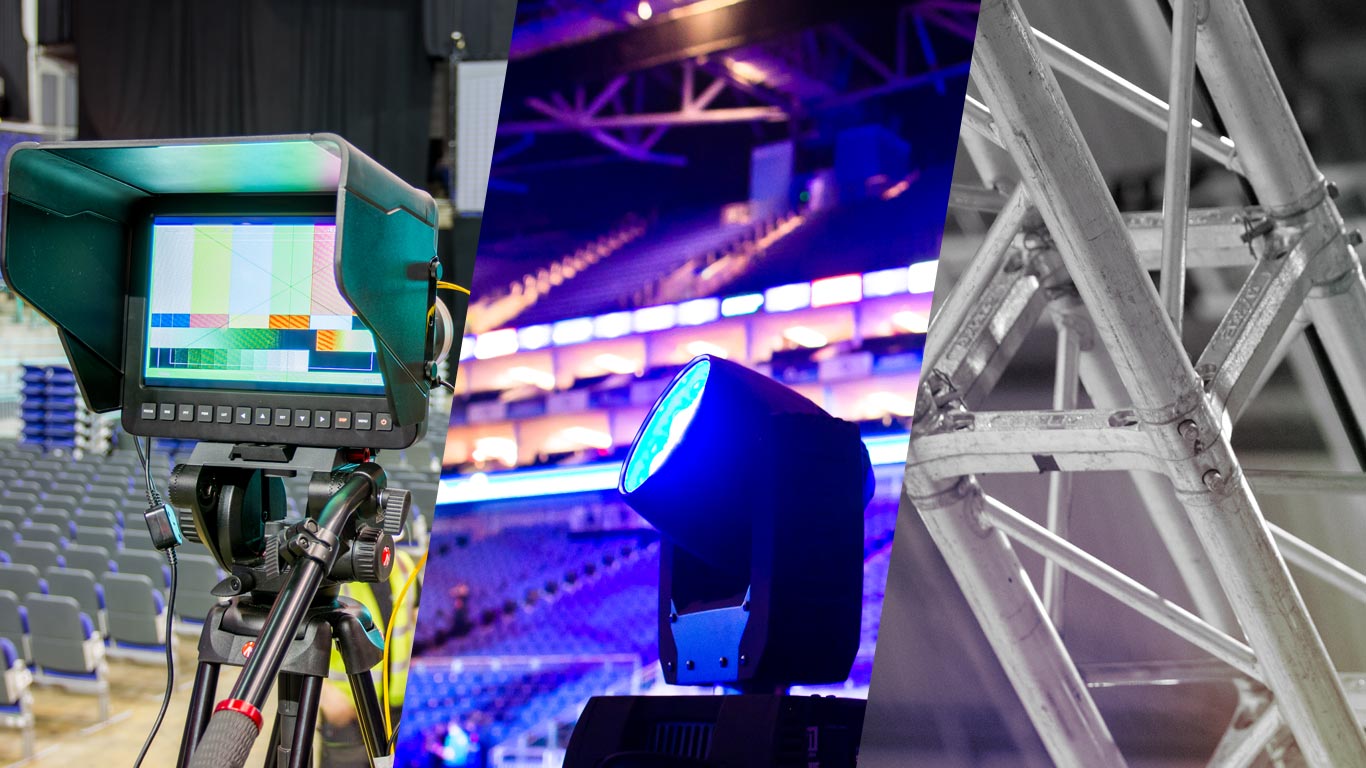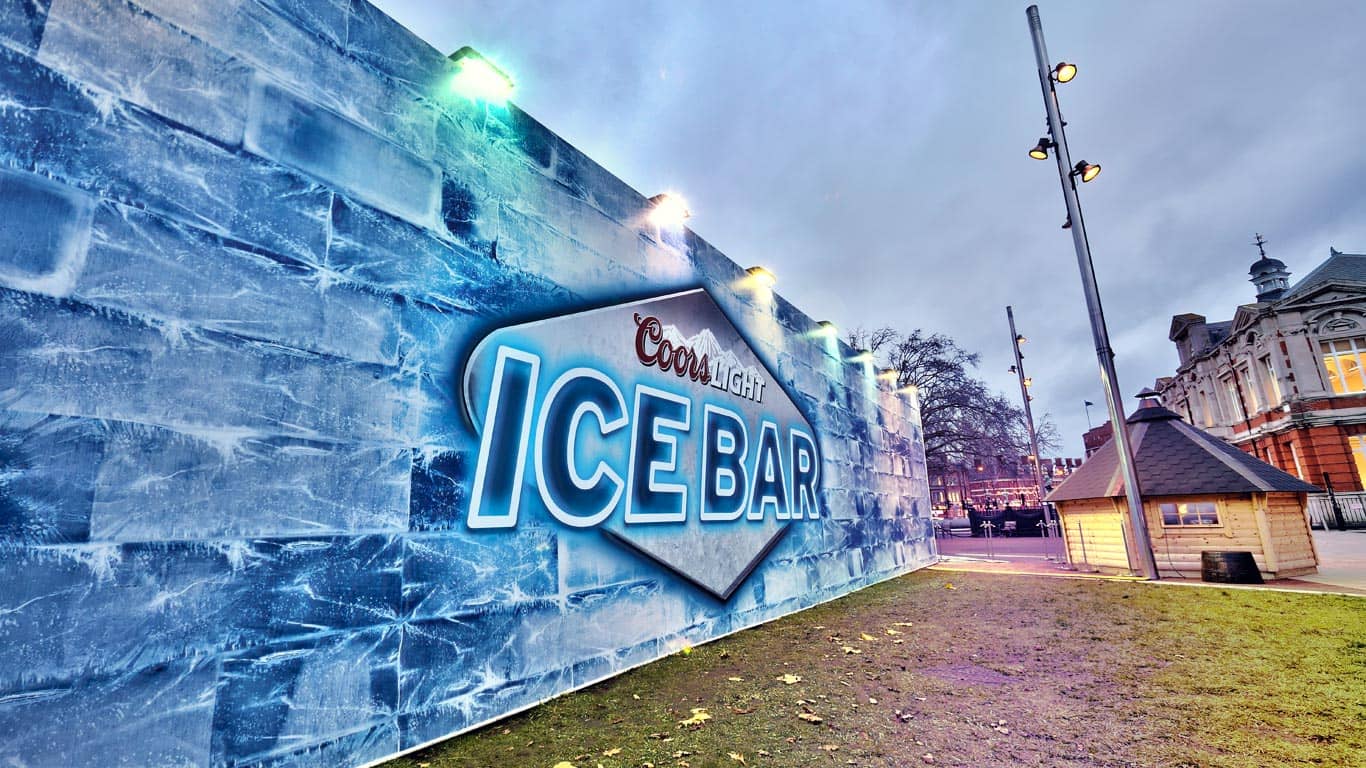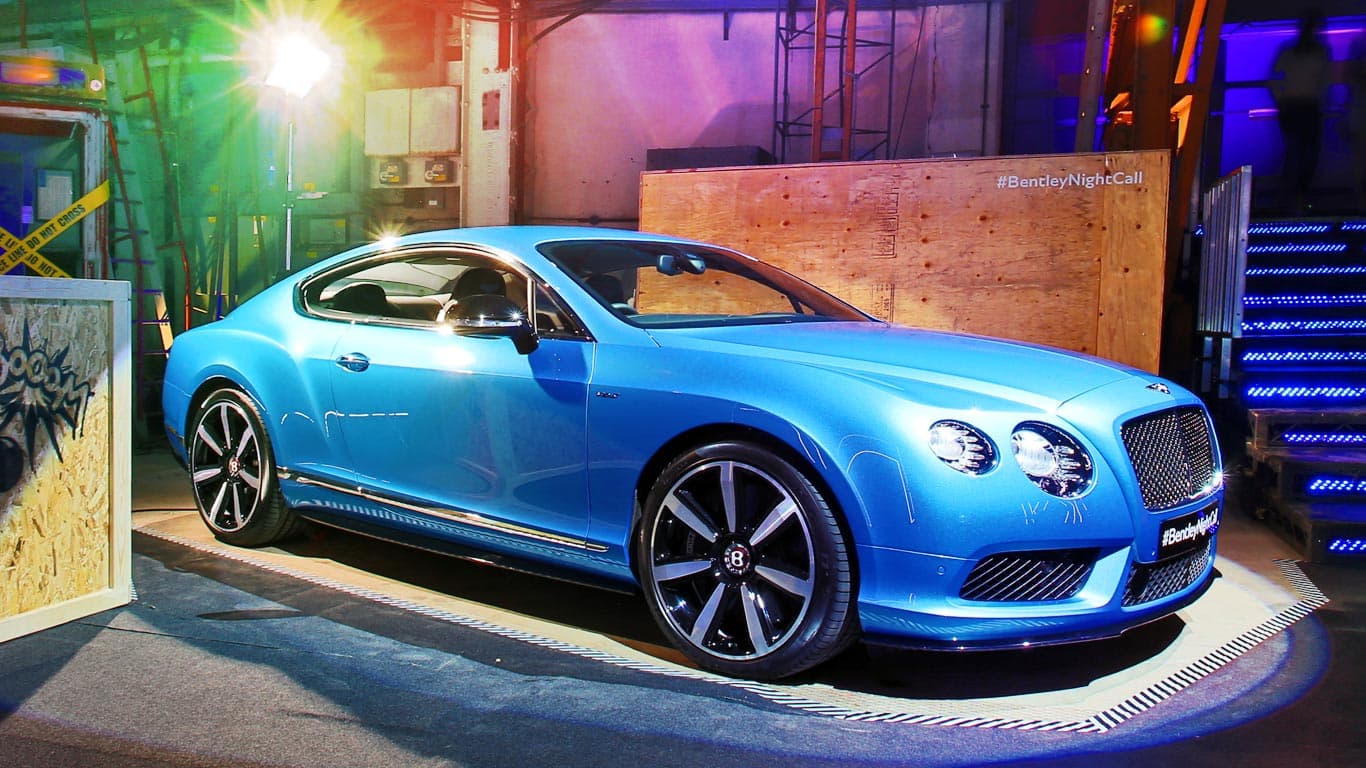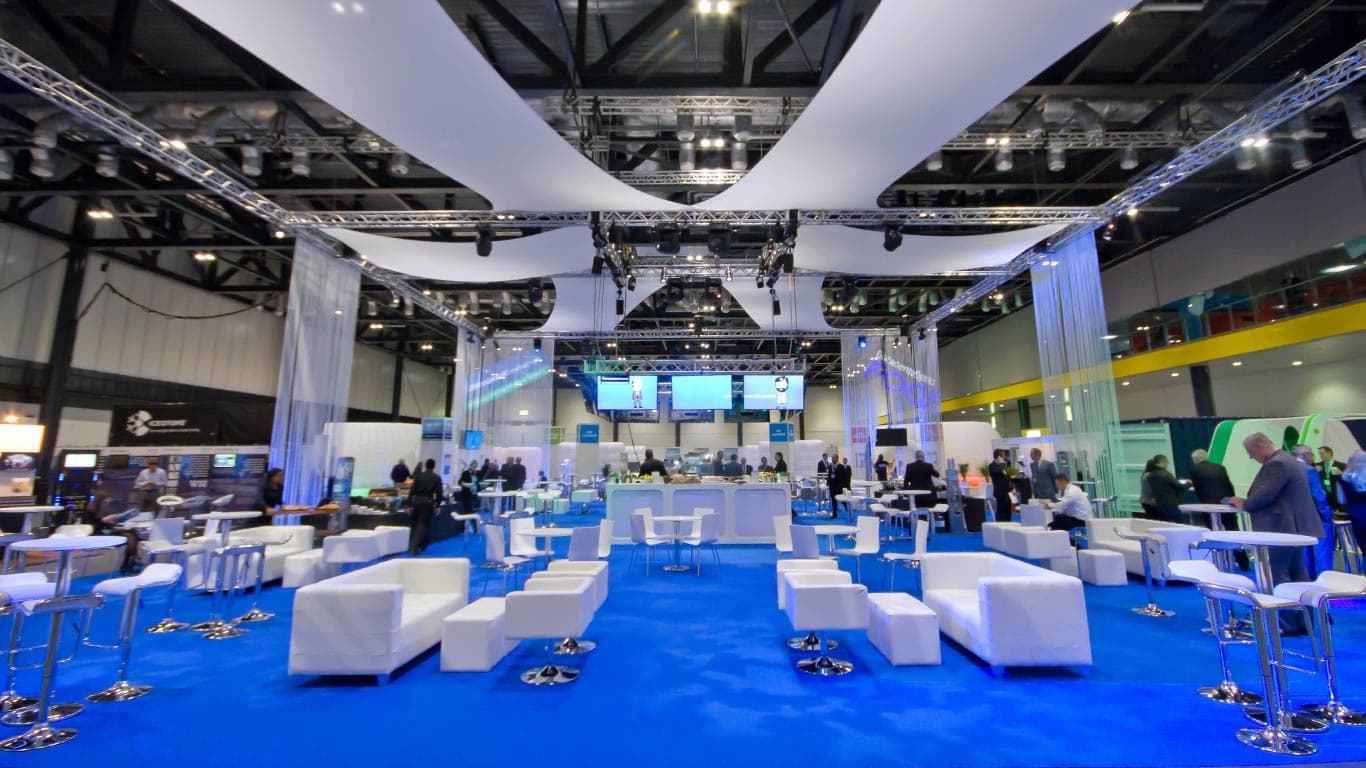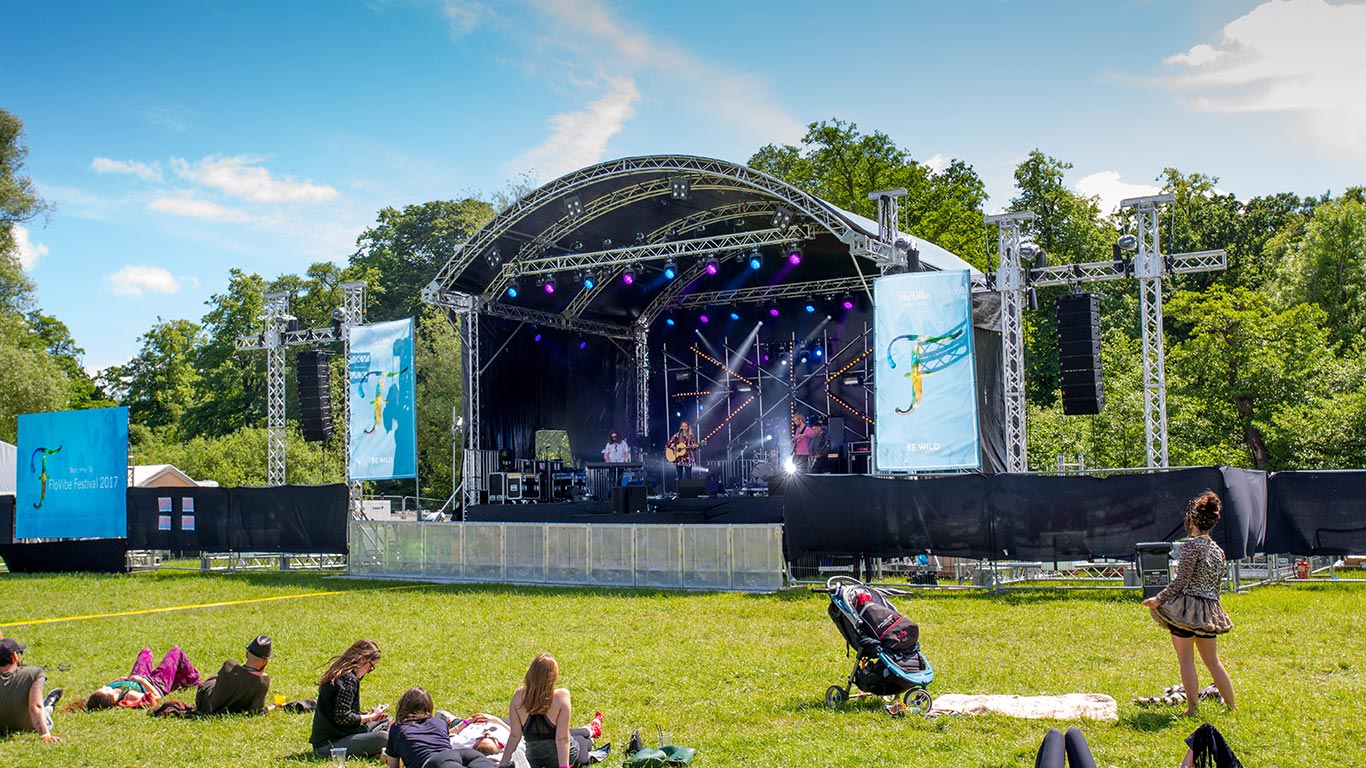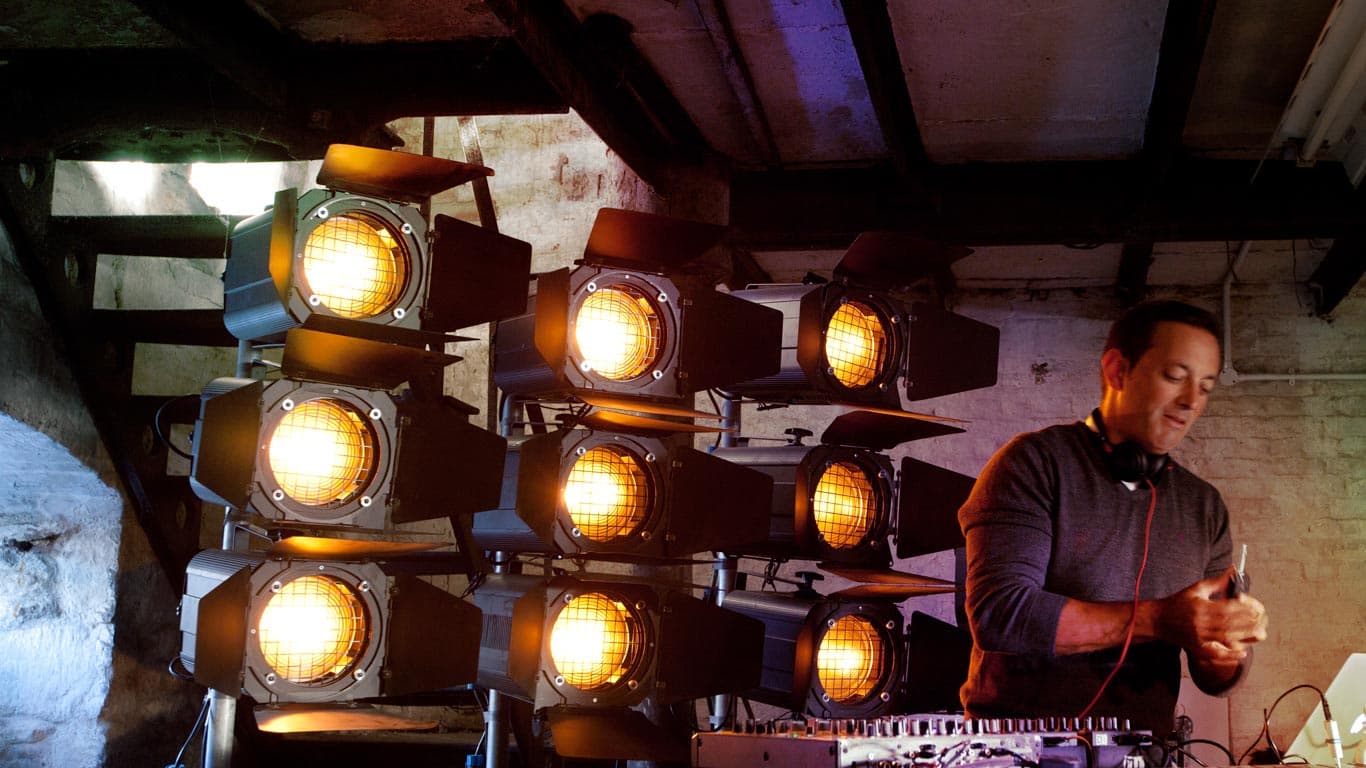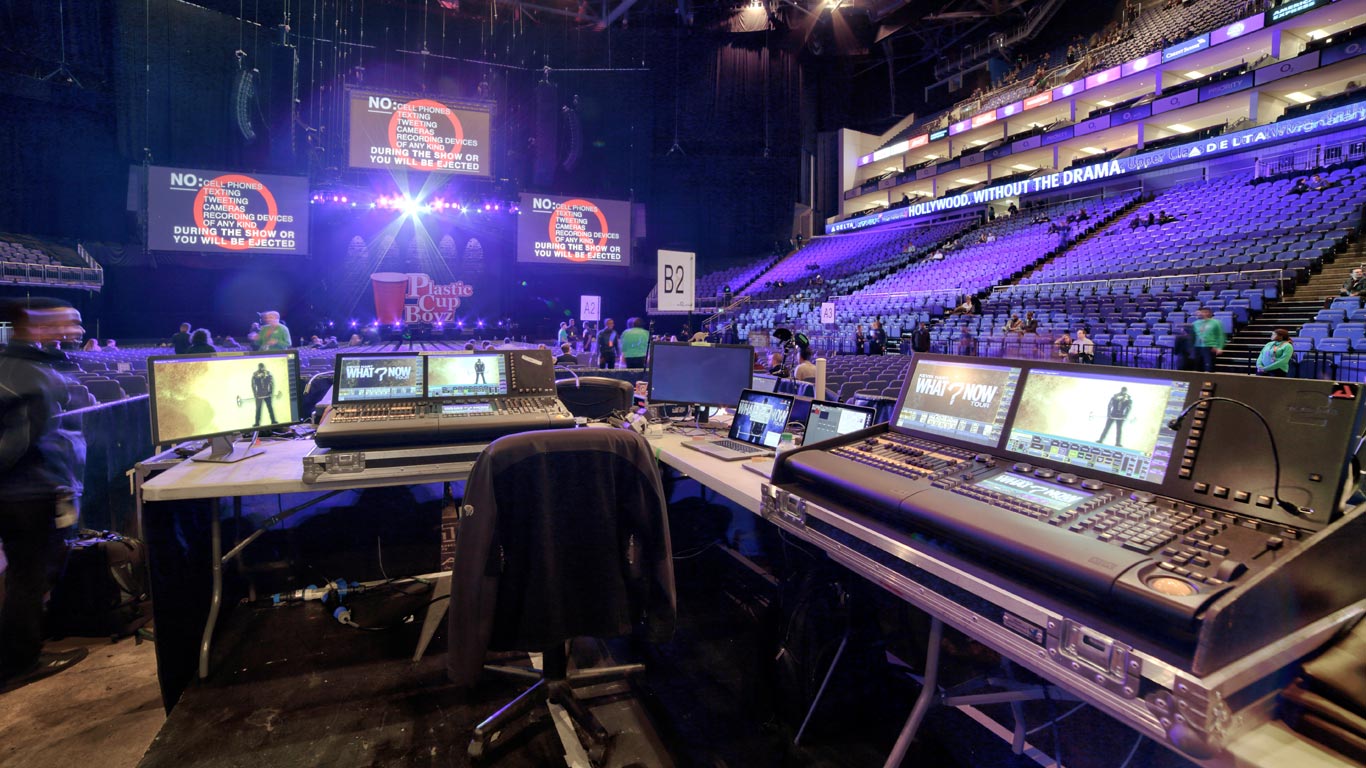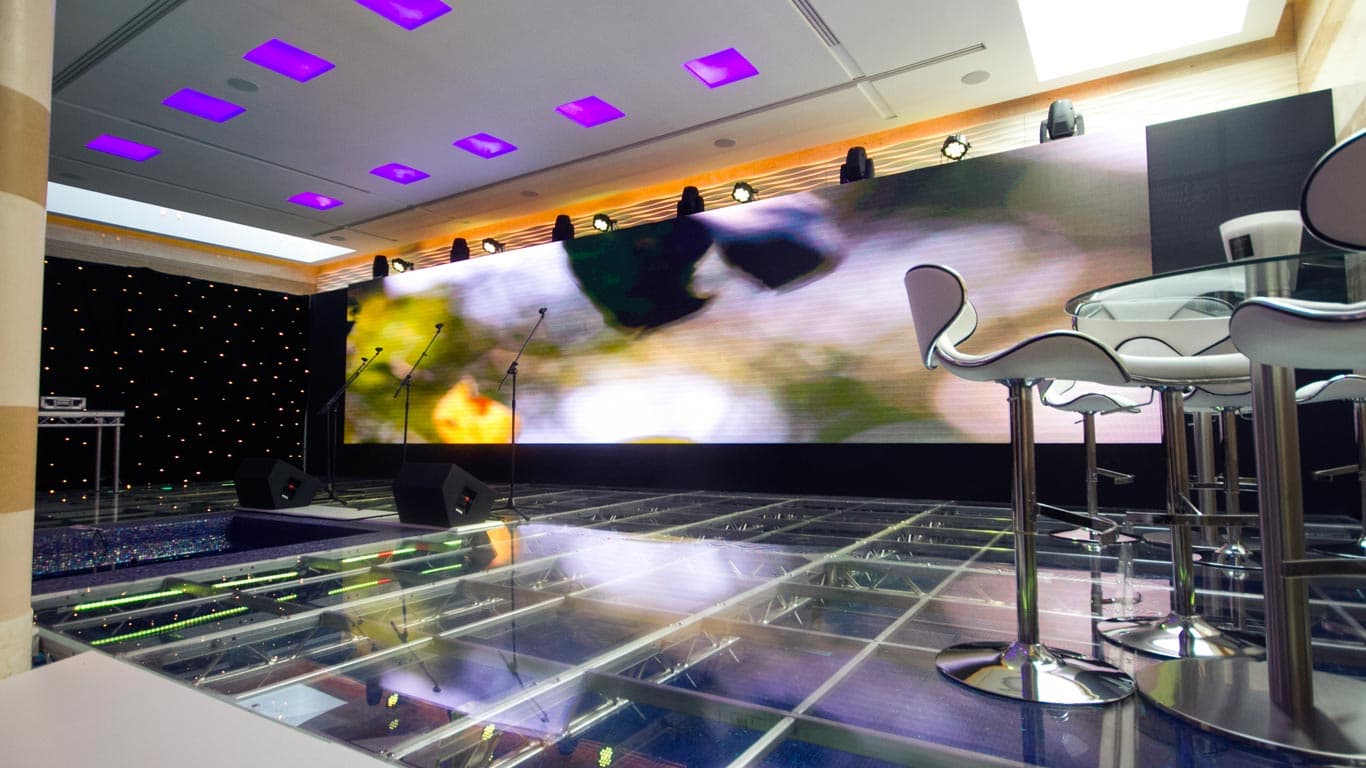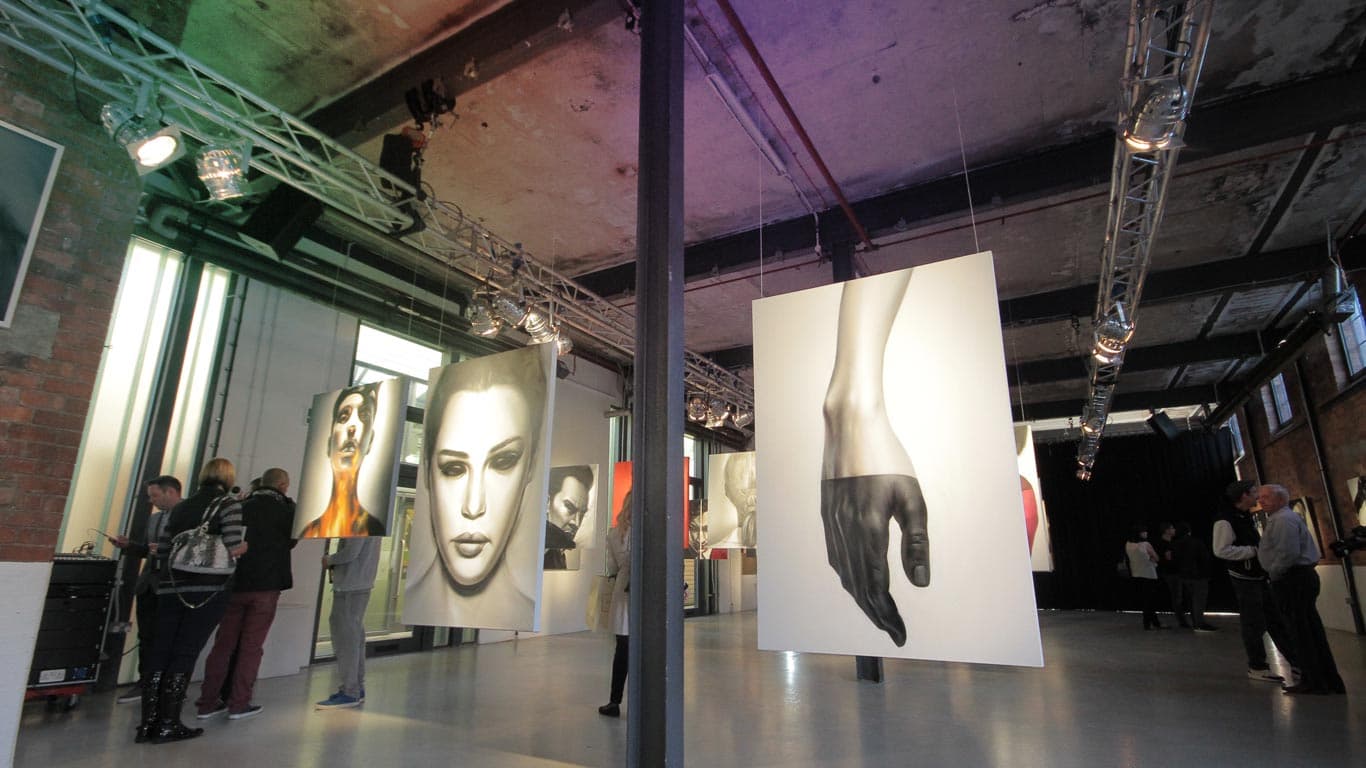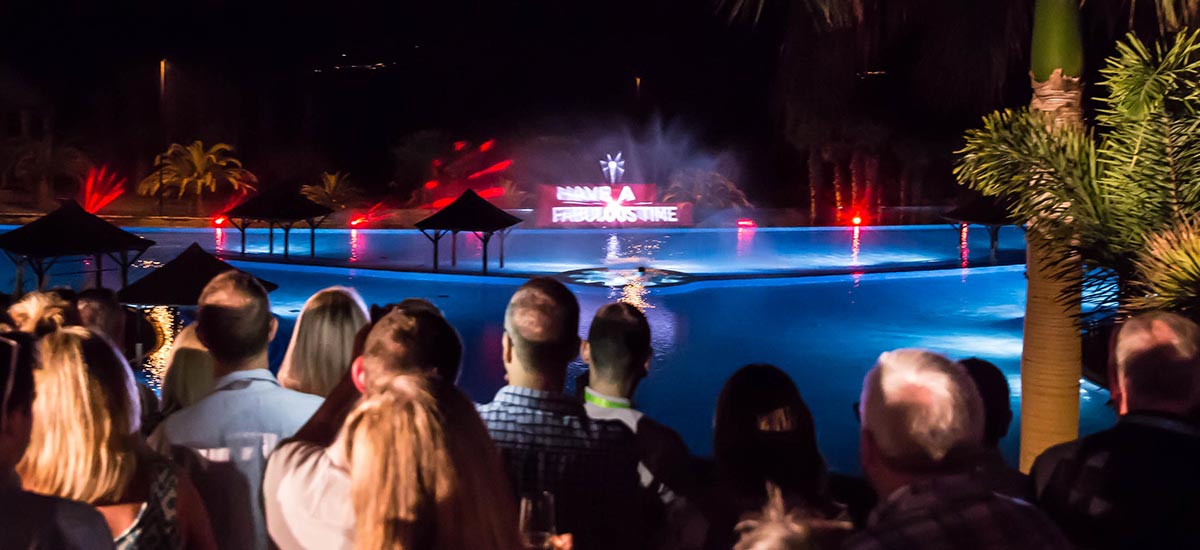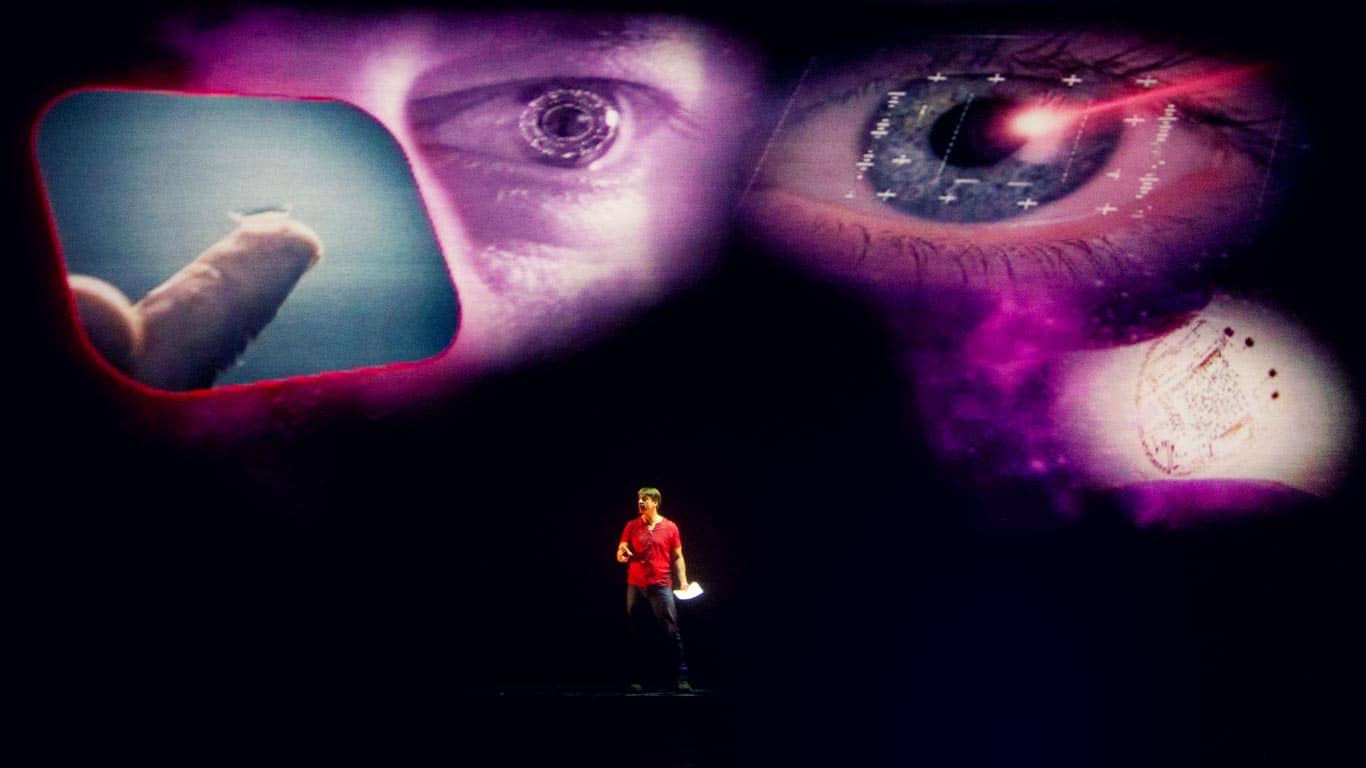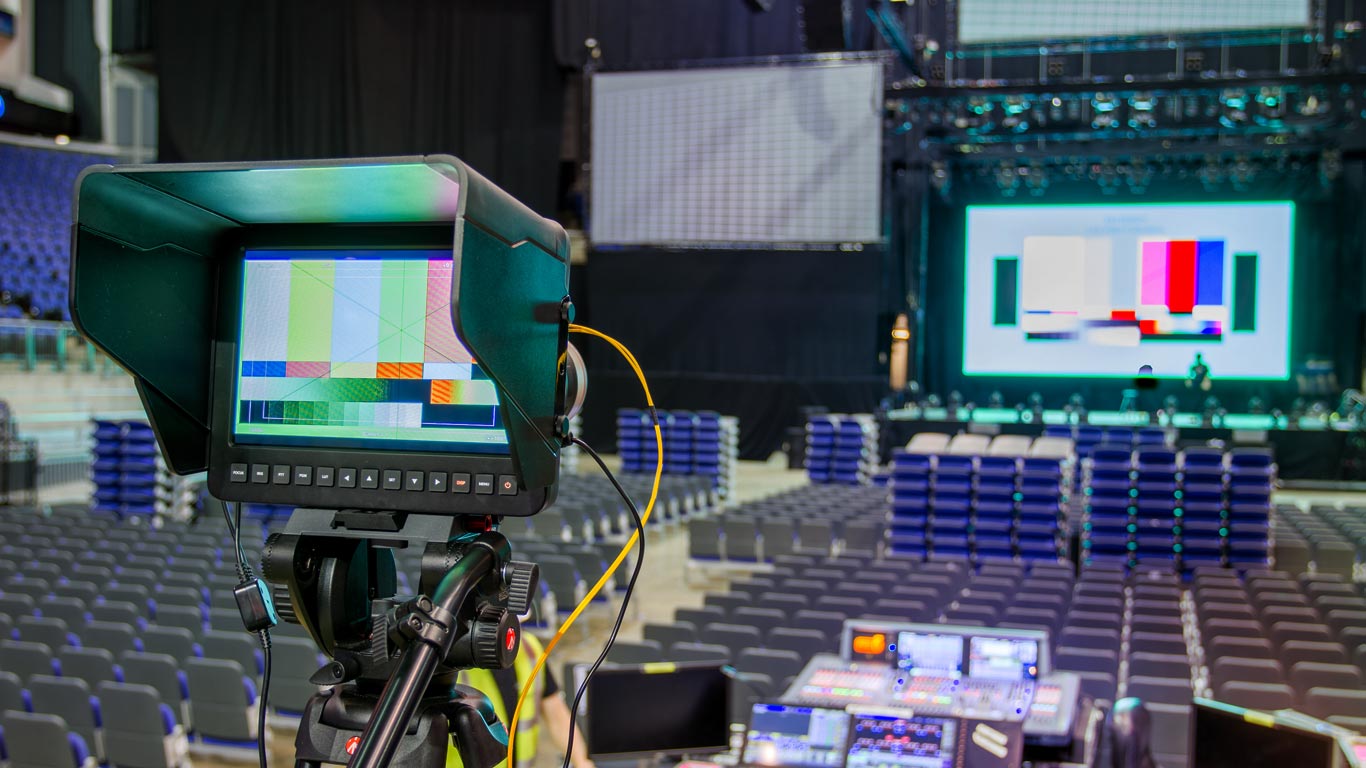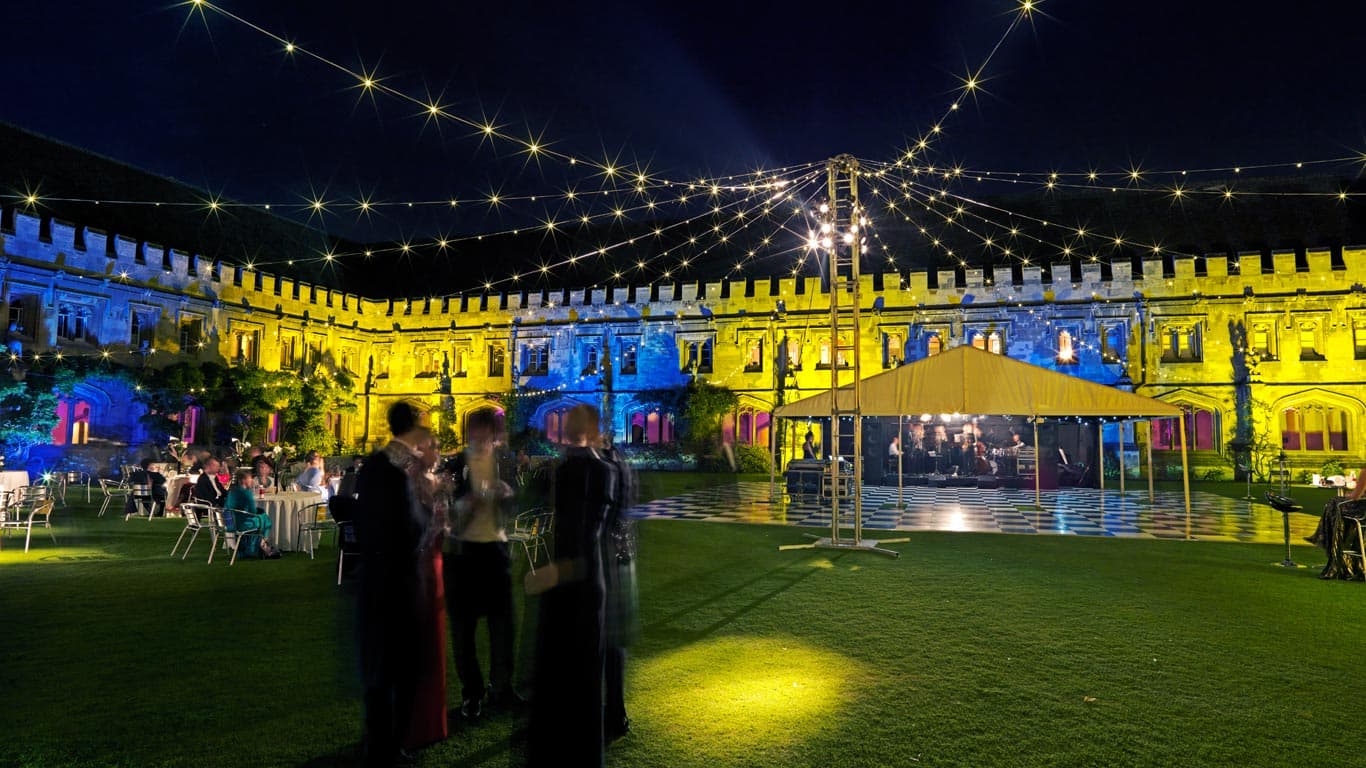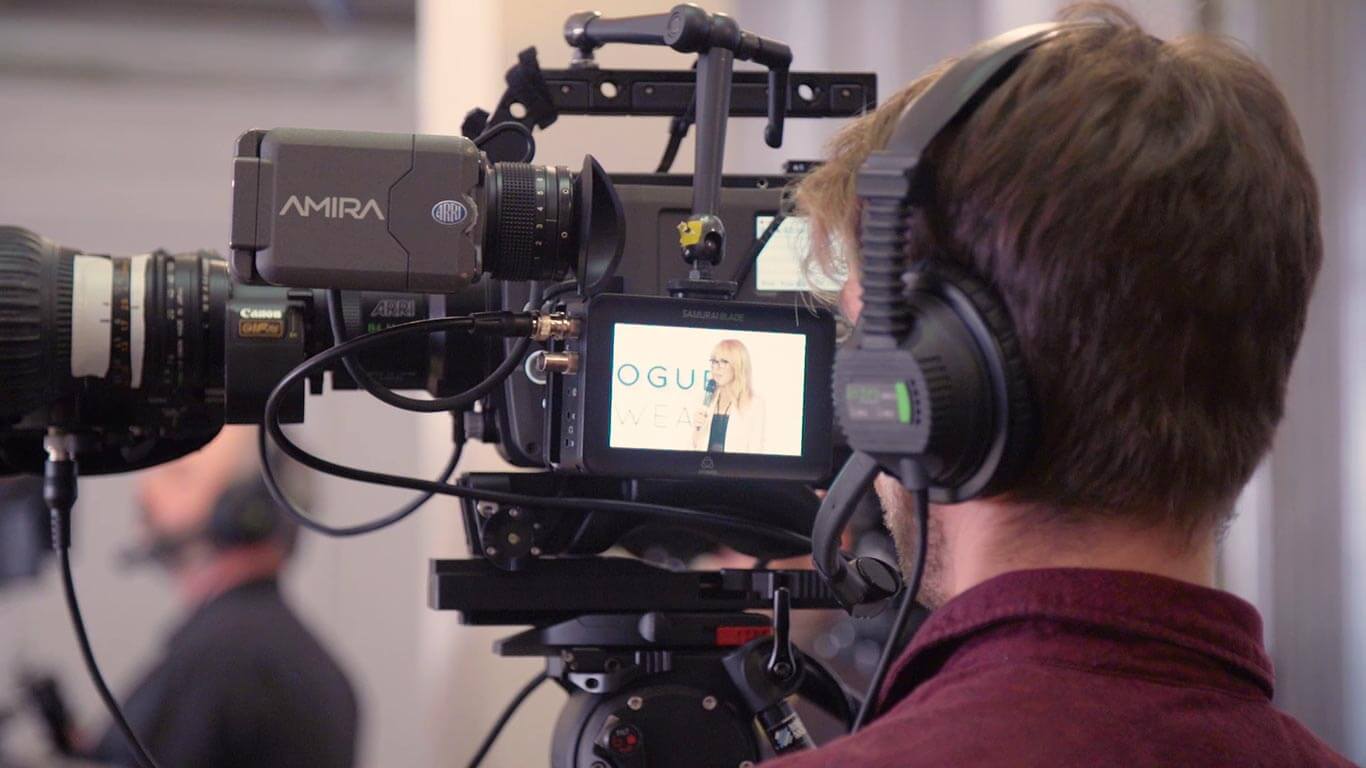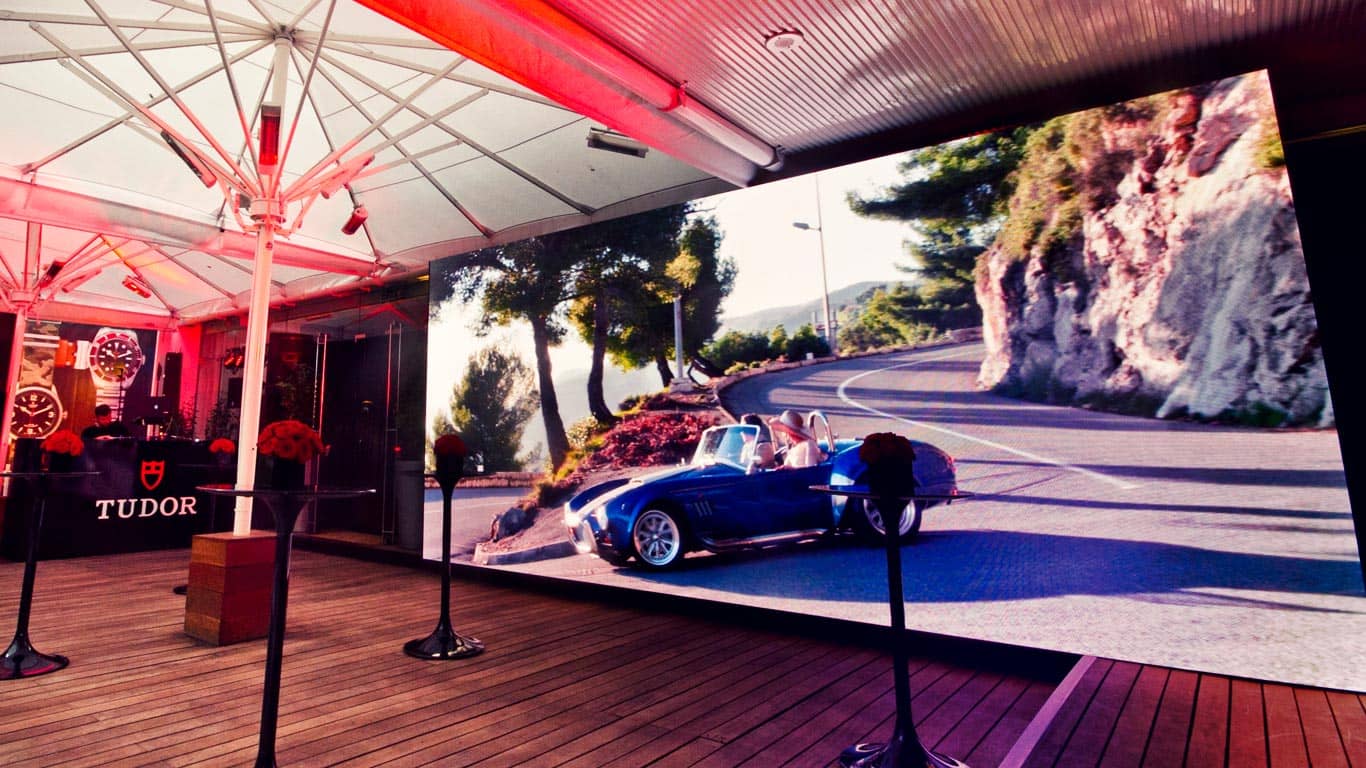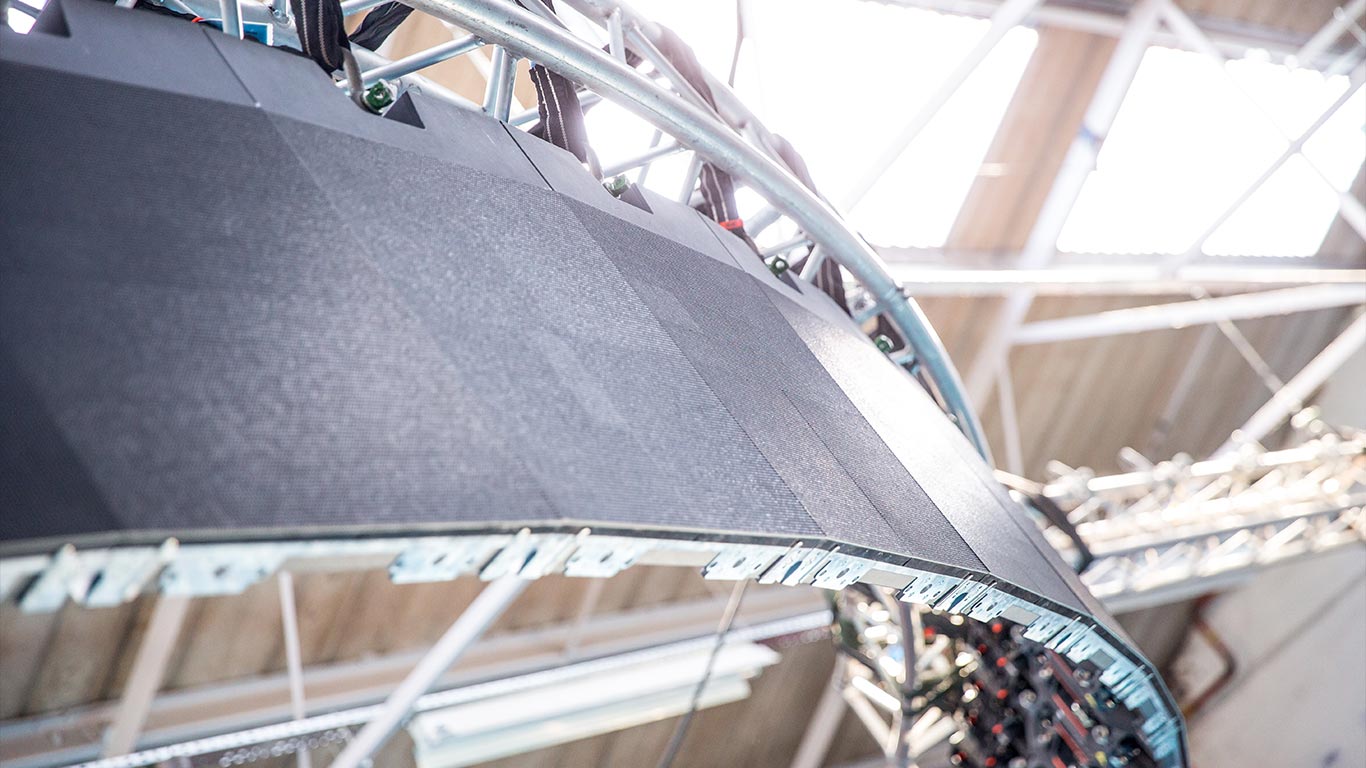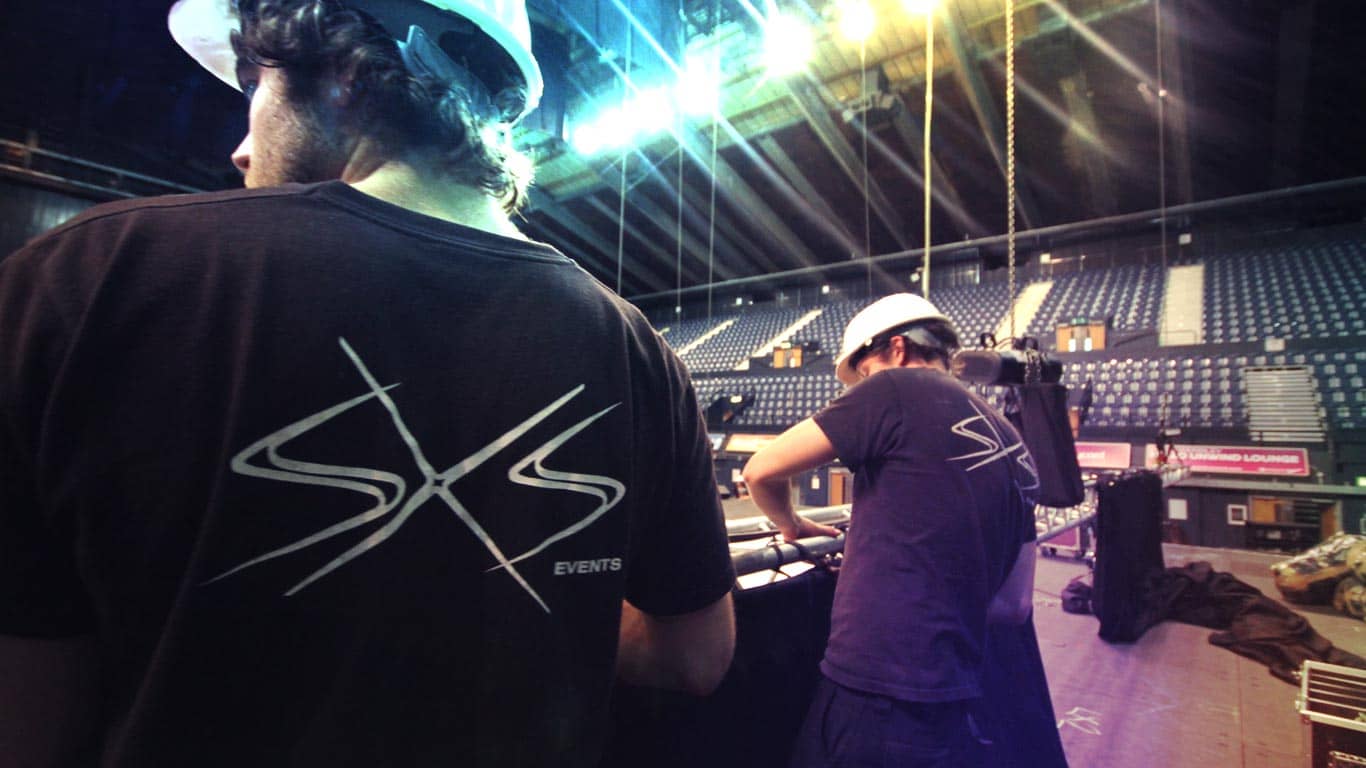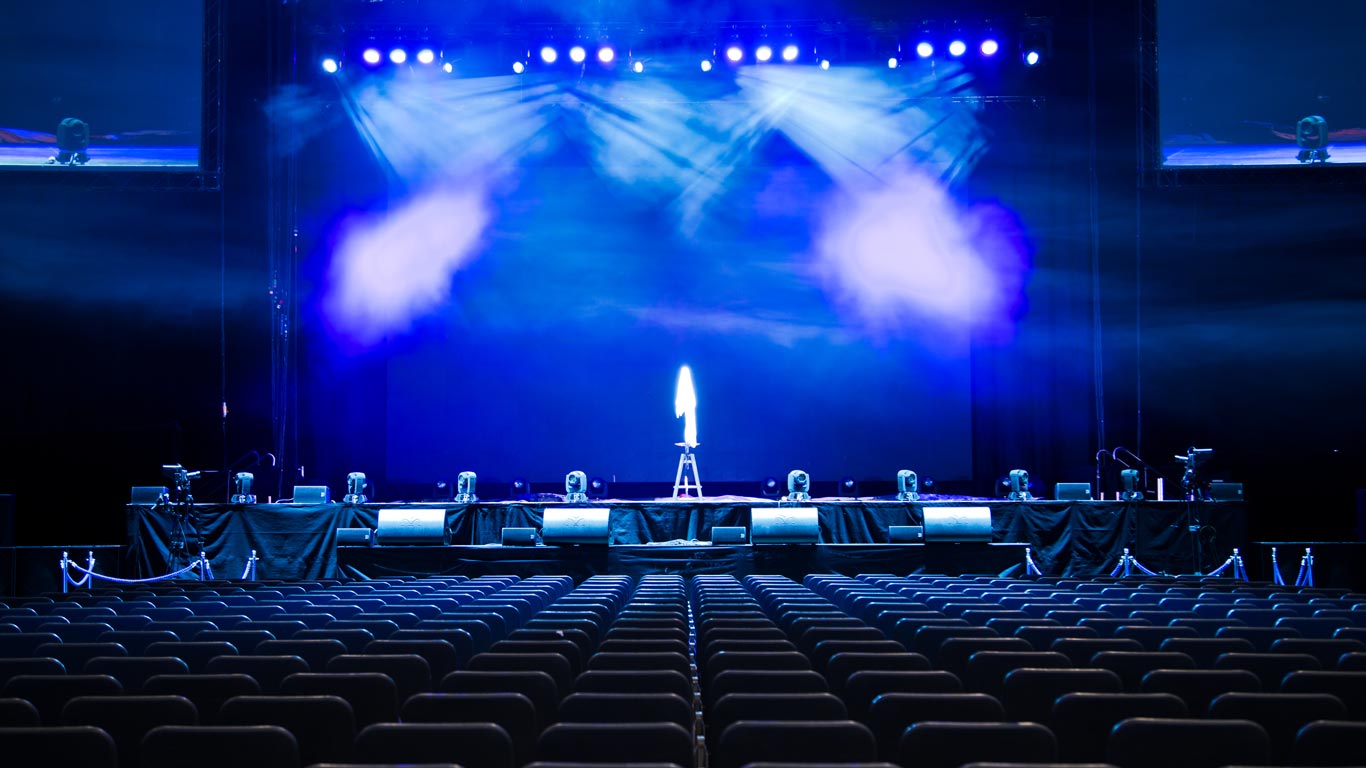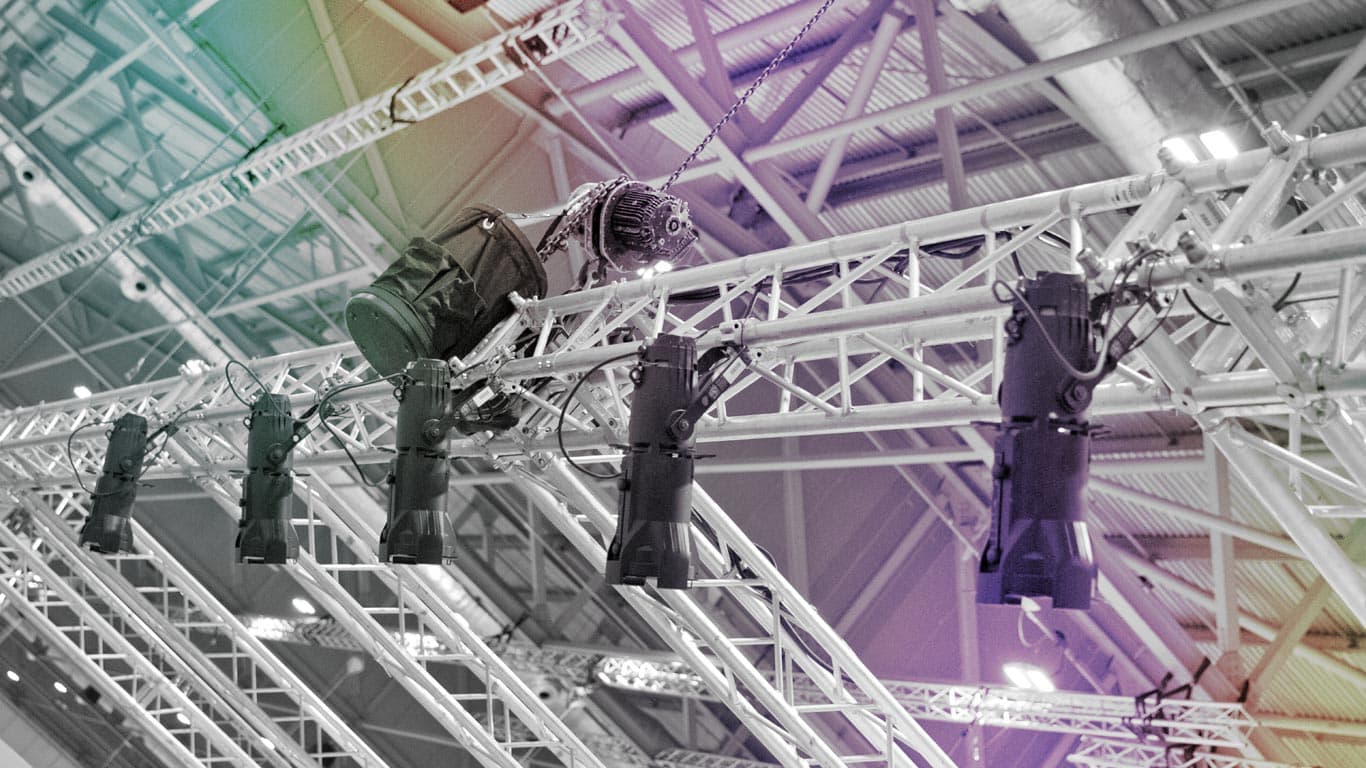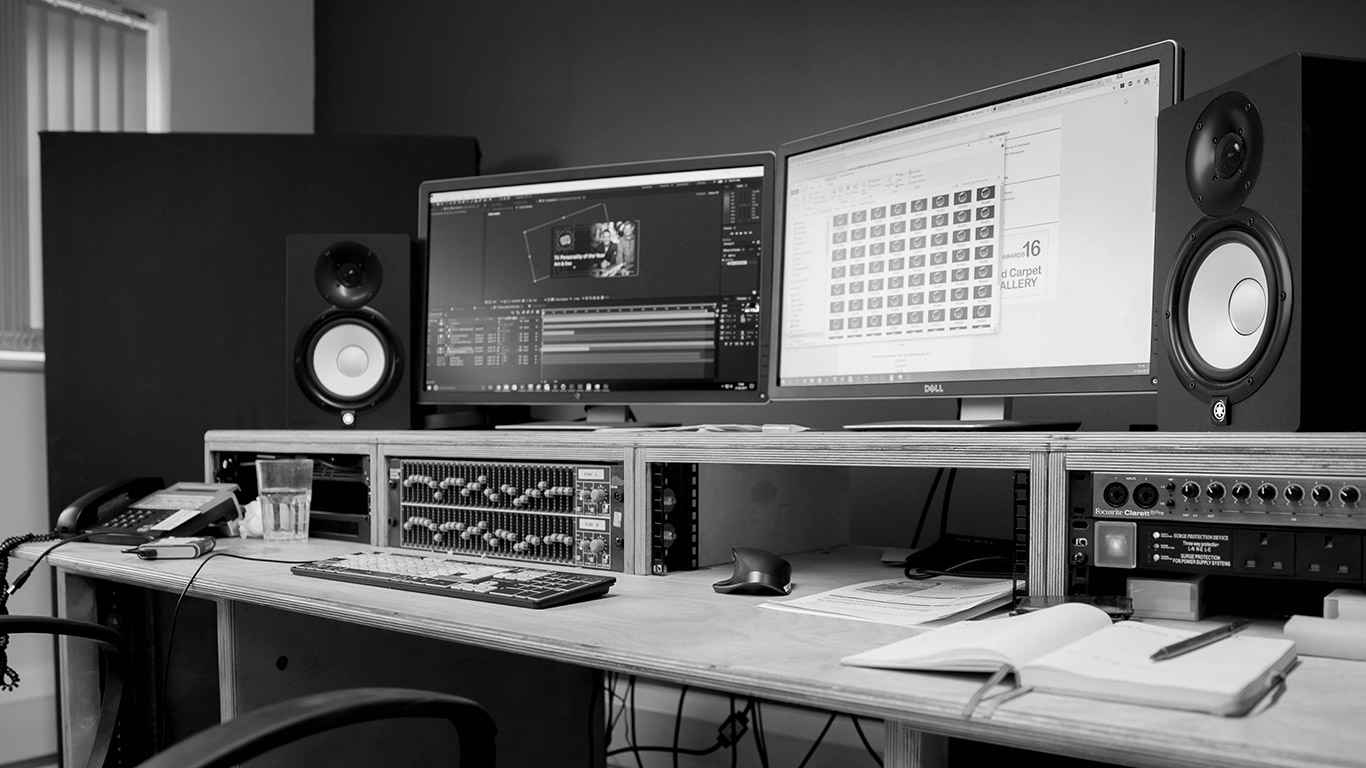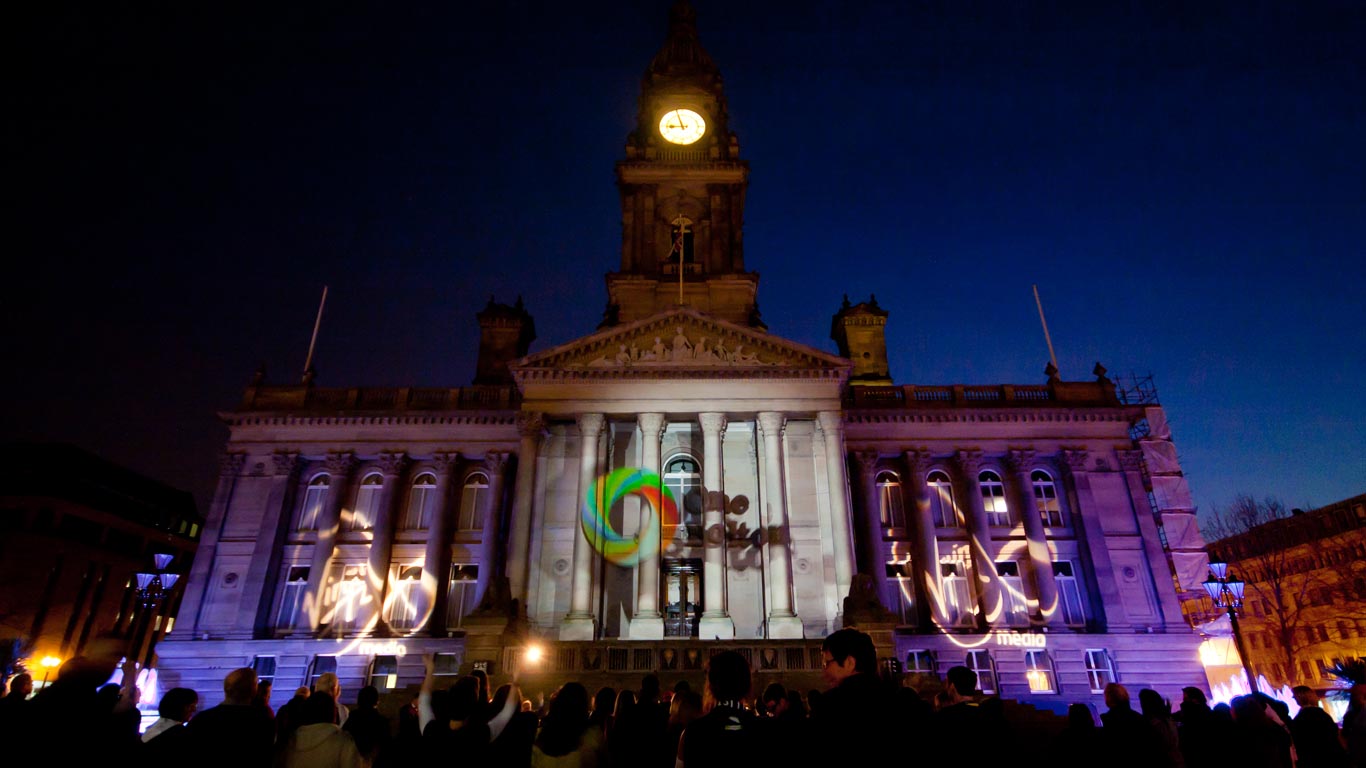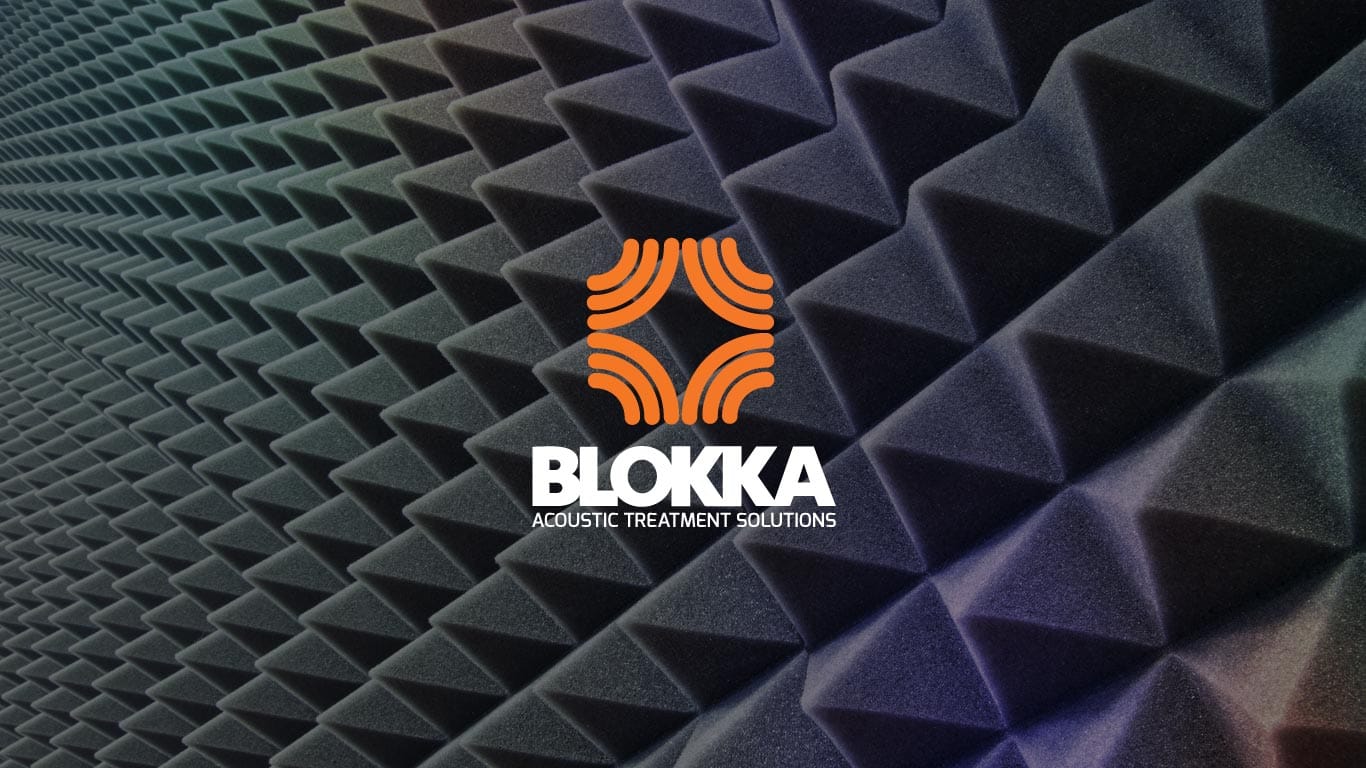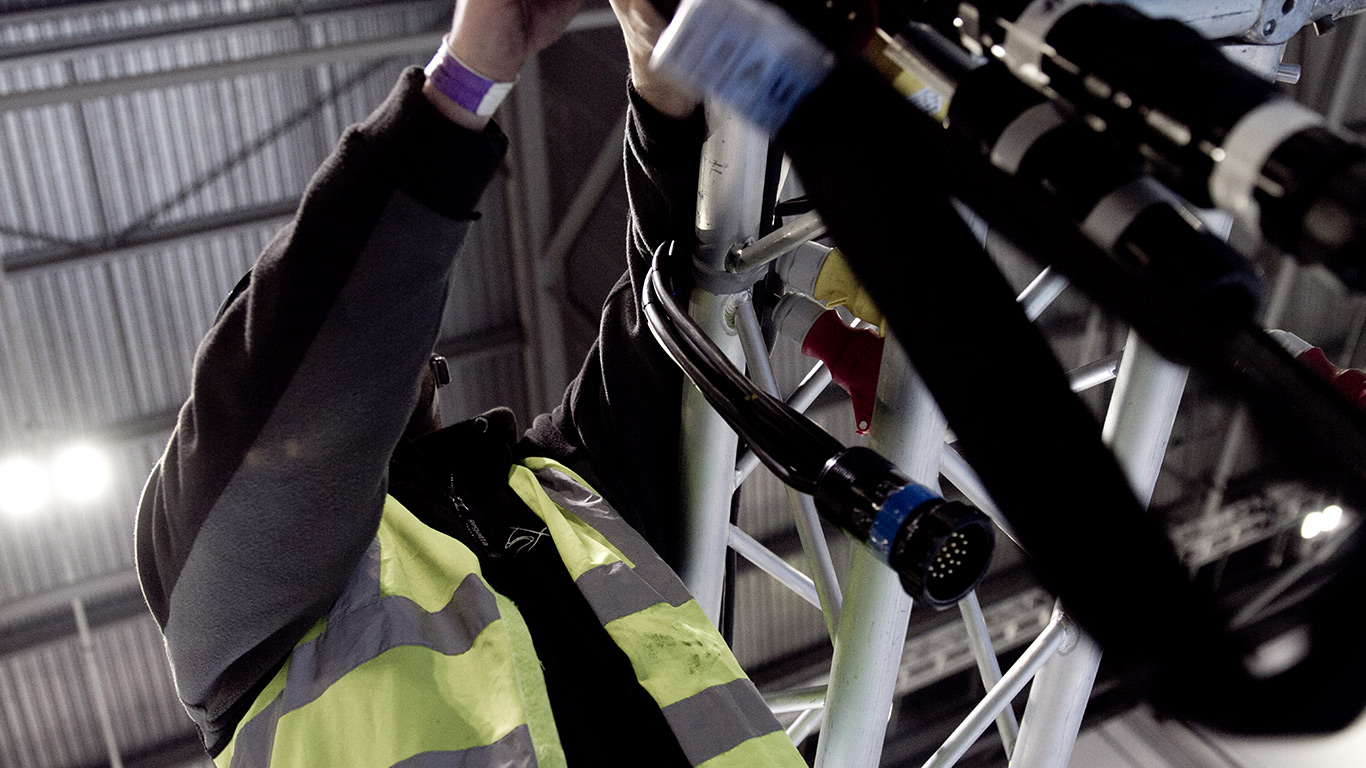Rigging Explained
This article has been written as part of our series of articles about rigging. This section has been written to explain, in simple terms, the basic methods used for event rigging.
What is rigging?
Rigging is the process of placing and holding items in the correct place to fulfil their specific requirement. This typically relates to set, audio, lighting, video and drapes. Rigging can also include aerial performances, lifting products such as cars, PR stunts and any other project where items need to be elevated, or attached to a wall.
Flown Rigging
Flown rigging is where we attached equipment to the structure of the venue. Typically the equipment is assembled at ground level and "flown" into the air.
This is done by the chains of lifting hoists being clipped into the roof and the lifting mechanism being on the ground. All equipment such as truss, speakers, lighting, décor, set, graphics, video etc are then assembled. Once all equipment has been tested and calibrated (where possible) the entire assembly (or "rig") is then "flown" (lifted) into its final position. Once in place it typically has safety bonds attached to act as a redundant device should the hoist equipment fail - this process is known as "safetying".
This process may seem complex but it is used as it is usually much faster, allows multiple technicians to work on the rig at once and removes the need for working at height.
As the adage goes: "The first rule of rigging is to avoid working at height"
It is common for access to the equipment to be required to focuss or calibrate equipment once in position. In these cases access equipment or specialist climbing methods are utilised within the frame of a Safe System of Work and carried by experienced and competent riggers.
Sometimes a "dead hang" is used whereby the equipment is hung in position without the use of hoist equipment. This can be appropriate where weight loadings or ceiling heights do not allow hoists to be part of the rigging system. An example could be a fashion show in a venue with a low ceiling. In such a case a tube could be "dead-hung" into position and then all equipment added to it.
Ground Supports
Ground supports are dedicated structures put together specifically to hold the items for a specific production. Typically these will have vertical "legs" and some form of "grid" (horizontal spans to create a square or other shape when viewed in plan). In event rigging situations these are almost always made from aluminium truss systems.
Ground supports can also be classed as "self climbing". This is a system where the legs are fixed in position but the "Grid" is lifted (climbs) up the legs to its final position. This system has many benefits as it allows all equipment to be attached at ground level and almost completely eradicates working at height.
Ground supports are very useful as they allow the production team to provide a self-contained design that does not rely on venue rigging points. The only requirements needed for a provider of a ground support is space and a suitable floor loading.
The disadvantage of ground support is that they have legs which can cause sight-line or other aesthetic issues for a show. However intelligent design can reduce this by having the legs further out from the main structure (dependent upon several other factors).
Catenary Wires
Catenary wires are wires, chains or ropes that are held in tension between two points to hold an item in place. This is a technique that is typically only used for hanging fabrics, graphics, banners and other lightweight items. The reason for this is that the forces that can be exerted on the attachment points get exponentially larger as the tension increases. Imagine holding your body weight with your arms stretched to grab handles - the tensile load (or pull) on your arms can be very heavy.
As with any rigging technique it is important that catenary wires are used in appropriate applications and installed by skilled and experienced riggers.
The benefit of catenary wires is that very long runs can be installed quickly and safely. Also they have aesthetic benefits over other systems (like truss or tube) as the wires are quite thin (often as thin as 3mm) so cannot easily be seen from the distance.
Towers and Tank Traps
"Towers" refers to a piece of truss mounted vertically, usually attached to some form of base plate. "Tank traps" refers to tube (usually scaffold) mounted vertically, using a base plate. These phrases are often interchangeable. These methods are frequently used in the place of tripod (three legged) lighting stands. The benefits of towers over tripods are that the latter is unsightly and can cause trip-hazards and reduce available venue space.
Truss towers are also used as a decorative feature on stage production. For shows where an industrial or rock n roll look is needed truss towers can be a good set piece and also serve as a functional rigging purpose.
For some of our shows we use truss towers to mount various equipment such as speakers, plasma screens and lighting. The reason for this is that the amount of rigging (and therefore unsightly equipment) that is visible is significantly reduced.
Choosing the right solution
With engineering and production design as long as safety is never compromised, there is no such thing as good or bad methods - there are only appropriate and inappropriate methods.
A large and elaborate truss structure in plain sight of an audience is completely inappropriate for an elegant wedding, whereas this may be ideal for an urban music concert. However, a discreet production design where all equipment is hidden may be ideal for a brand-focussed conference, but out of place (and costly) for an awards after-show party where technology forms part of the final aesthetic result.
More On Rigging
- Rigging Points Explained Article - Please click here
- Rigging Plots Explained Article - Please click here
- Rigging Overview - Please click here
Please Note
Information provided about specific venues is for indicative purposes only. Full information should be requested directly from venues, or via an approved Production Contractor. SXS is happy to liaise with your venue on your behalf regarding rigging and other technical matters.
The information in this article has been simplified for the purpose of giving a general understanding for a readership which is expected to be mostly lay-people. This content should not be seen as absolute or an authority on the topics discussed. Please contact the SXS production team to discuss your specific project and our experienced team will share the benefit of our experience of over 1000 events spanning a period of 15 years.
Most of these articles are also available onGoogle+ via Johnny Palmer's Google + Profile
Read on
- To learn more about SXS' Rigging Services please click here
- To learn more about Structures please click here
- To learn more about exhibition rigging please click here













